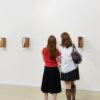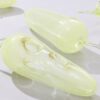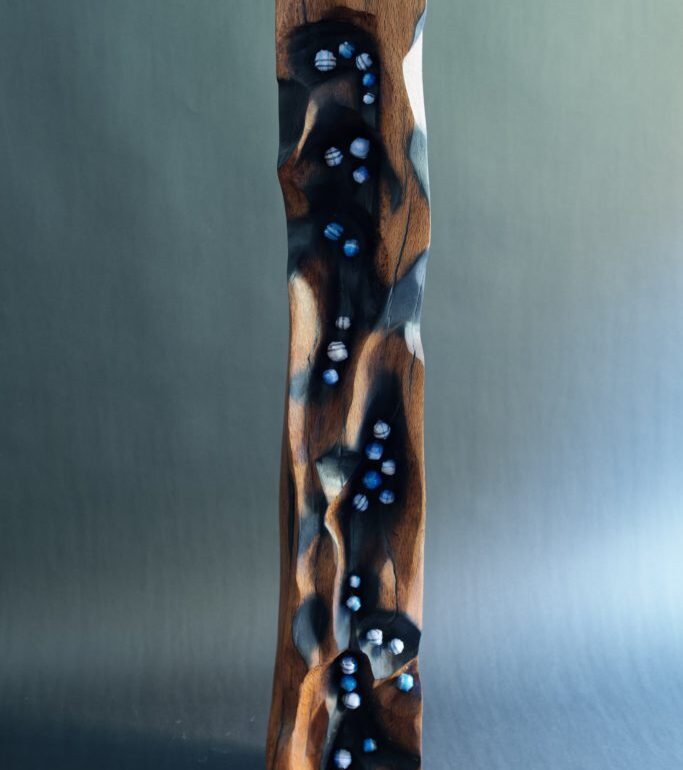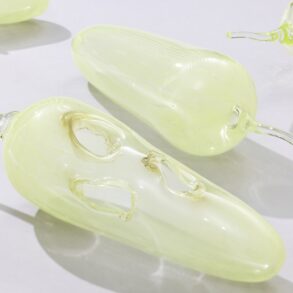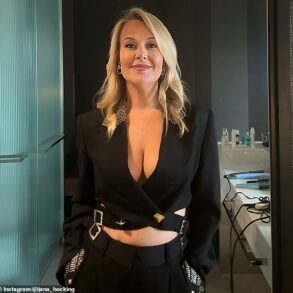Women are often considered the cultural torch bearers of society, representing and carrying forward the customs and stories of their families and communities. NUMU spotlights five such women in its new group show, “Made of Memory,” which opens Oct. 25. These female artists use mixed-media works to examine identity and heritage and tie memories of their ancestral homelands—both real and imagined—to their adopted ones.
“We saw some connections,” curator Allison Railo says. “We saw that the artists were investigating this concept of generational, cultural or family memory, and all from different parts of the world and cultural backgrounds. We just thought this was right for us to investigate and bring them together.”
Railo and co-curator Michele Jubilee began thinking about “Made of Memory” in 2022, wanting to focus on artists who are mostly connected to the Bay Area, and who use familial ties as their main inspiration. The items date back to 2013, with some works that were created especially for the exhibit, which is organized according to three themes: tradition; sustainment of ceremony and ritual across continents; and use of natural materials to reflect on a specific place.
“The themes speak to land and natural materials as symbolism of the artists’ work,” says Jubilee. “Whether it’s fiber, wood or the history of cotton. We also talked about the labor of women historically, and intergenerational memory in the context of trauma or forced displacement because of natural disaster, war or migration.”

Dana Harris Seeger, for example, explores her Estonian and Latvian roots in her collage, “Sleeping Twins,” the name a nod to the fact that she’s both an identical twin and a mother of twins. Seeger mixes photographs and paintings of bright colors, typewriters and a red, woven belt native to the Baltic region. It’s displayed on a light box with motion sensors.
Cynthia Brannvall, a professor at Foothill Community College who’s of African-American and Swedish descent, incorporates a photograph of her daughter in a vintage dress with maps of Africa, Sweden and California on a wood panel she calls “Generations.” In another work, “Continents,” Brannvall arranges stained antique lace and other fabrics stretched across three canvases, a reference to the three continents that make up her lineage.
“She creates a new continent of her own that speaks to her own identity,” Railo says.
Priyanka Rana, the only exhibit artist born outside the U.S., sculpts found local wood. Her wood sculpture, “Destiny II,” has a charred effect and is decorated with small balls Rana calls “memory pods” that are covered in fabric she brought from India.
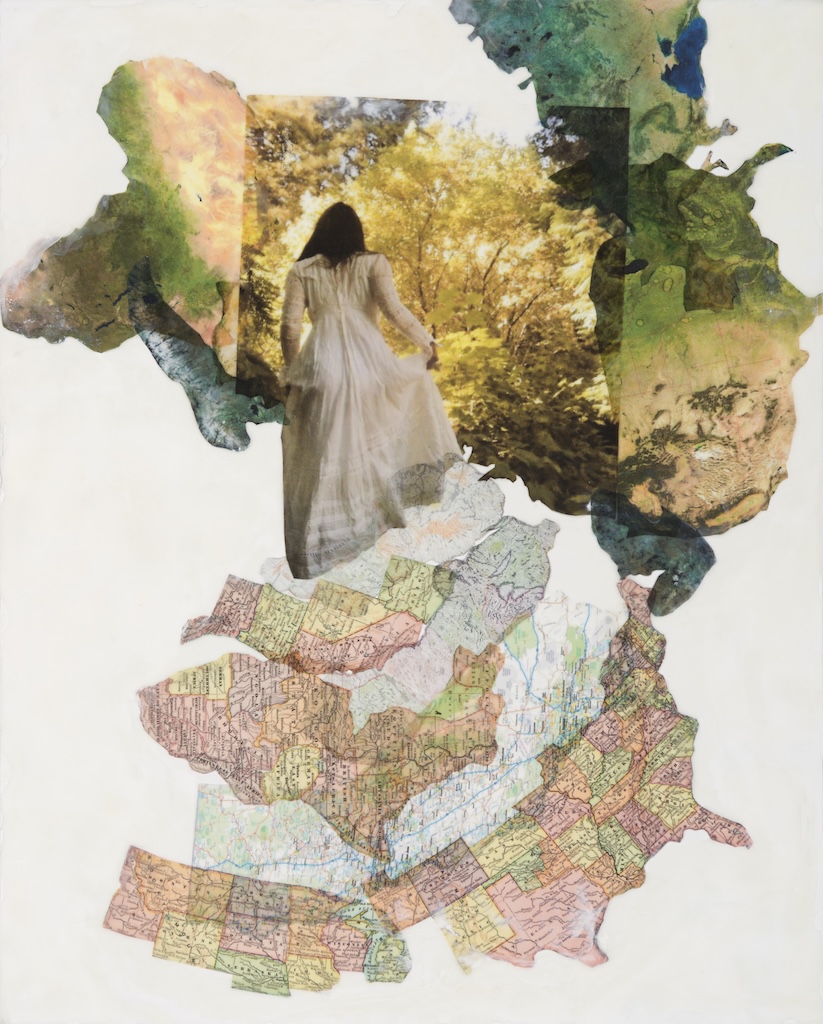



(Courtesy of NUMU)
“The balls are her symbol of what a memory would look like,” Railo says.
Perhaps the most poignant pieces can be seen in Trinh Mai’s “Begins with Tea,” a collection of family photos of her Vietnamese relatives printed on used tea bags that are filled with spices, herbs, grains and dried noodles, and hung from sewing needles. All the items belonged to her grandmother. Tea is the most consumed beverage in the world, and Mai reminds us that the act of drinking tea is a communal ritual—and conversation starter—in many cultures.
Shirin Towfiq extends the theme in “Looking for a Sign,” an assemblage of Sadaf brand tea bags that are stitched together and resemble a long sheet. Persian rugs are the most iconic examples of Persian art. Towfiq’s “Thinking About Migration” is an installation of 20-something prints of Persian rugs on gauze fabric that blow while a fan is on in the room.
“In the exhibition, we talk about the nebulous qualities of memories,” says Railo.
“They shift and change. I think we can all relate to that. But that’s one layer. We also can look at the physical manifestations of those memories, and ask people to find connections amongst different cultures.
“There might be traumatic experiences that happen when you’re dislocated and finding a new home. Working through those difficult memories through art connects different kinds of people.”
“People see themselves in the stories, the photographs, the materials,” Jubilee adds. “They feel connected to a bigger narrative of the human story. The voices of these female artists are quite beautiful, especially for someone who has never been able to visit their homeland. They reflect on what it means to be in the U.S., to be second generation, third generation, whatever. That collective identity is really important to examine.”
“Made of Memory” runs Oct. 25-March 16. Tickets are $10. A reception will be held 6–8pm on Oct. 25 at New Museum Los Gatos, 106 E. Main St. For more information visit numulosgatos.org.
This post was originally published on this site be sure to check out more of their content

